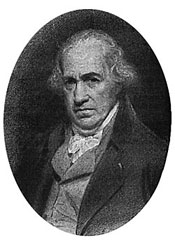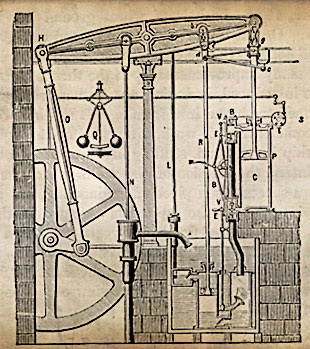Machines and Mass Production
Around 1750, British inventors perfected a series of machines that would enable the textile industry to mass-produce its products. One of the leaders in the industry was James Watt. Between 1765 and 1785, Watt perfected a steam engine, which would make way for many other inventions in other fields of production, such as in agriculture.
This transformation from manual labor to machinery became known as the Industrial Revolution. Sterile, dreary factories began popping up all over European cities, giving rise to a new source of employment and leading to a surge in the European economies.
